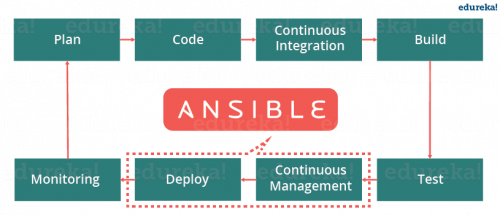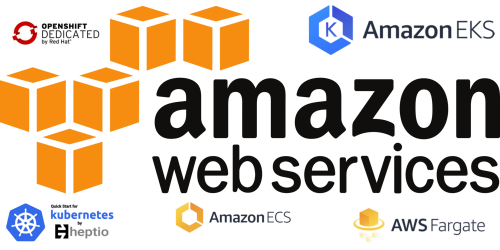“Immutable Deployment @ Quorum” describes yet another approach to automated, and this case – immutable, deployments. This particular setup is slightly more on the SysAdmin/DevOps side rather than on the development side, utilizing tools like Ansible, Amazon EC2, and Amazon AMI.
If you are building very few projects, or projects with little variations, and use a whole instance for the project, than you should definitely check it out. For those people who work with a zoo of technologies and share the server between several projects, this approach probably won’t work so well. Unless it is adjusted to use containers instead of instances, but even then, it’ll probably won’t be optimal.

